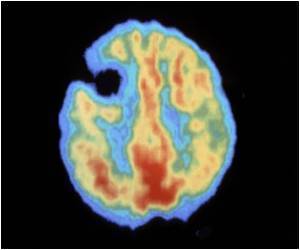Long-term care in the United States was once a predominantly institutionally based system of care.

‘The provision of long-term care in the United States has shifted to one in which recipients can increasingly receive a range of both medical and supportive services at home and in the community.’





Today, almost 850,000 Americans direct their own care through 270
long-term services and support (LTSS) programs that are generally
heralded by those on both sides of the political spectrum.
Self-direction is the umbrella term applied to an approach to the
delivery of LTSS in which those eligible receive cash payments in place
of traditionally delivered services. With these payments, they can
decide how best to meet their support needs. "Self- or participant-directed care has been a model of successful public policy development and implementation - a movement coming from the grass roots and developed through the combined efforts of federal and state governments, philanthropic organizations, professional and advocacy organizations, and committed social and health care researchers," states PP&AR Editor-in-Chief Robert B. Hudson, in the issue's introduction.
The new publication explores the evolution of the self-directed care movement in LTSS, as told by many of the principals who helped to shape and grow it. It examines many of the implementation challenges as self-direction moved from a controlled experiment to a national option, as well as the major changes in the environment that have shaped its development.
Among the expert authors is Kevin Mahoney, who is currently the director of the National Resource Center for Participant-Directed Services.
"It has been nearly ten years since a major journal devoted a full issue to participant self-direction in long-term supports and services. A lot has happened in that time. It is appropriate that this attention comes as a new administration and Congress debate future directions and priorities."
Advertisement
Another piece makes international comparisons between programs in Australia, England, Germany, the Netherlands, and the U.S. - and highlights significant differences in terms of eligibility, policy, and process between the approaches taken in each of the countries. The final article focuses on where the field of participant- directed care is likely to go next from its current status in the American health care system.
Advertisement








